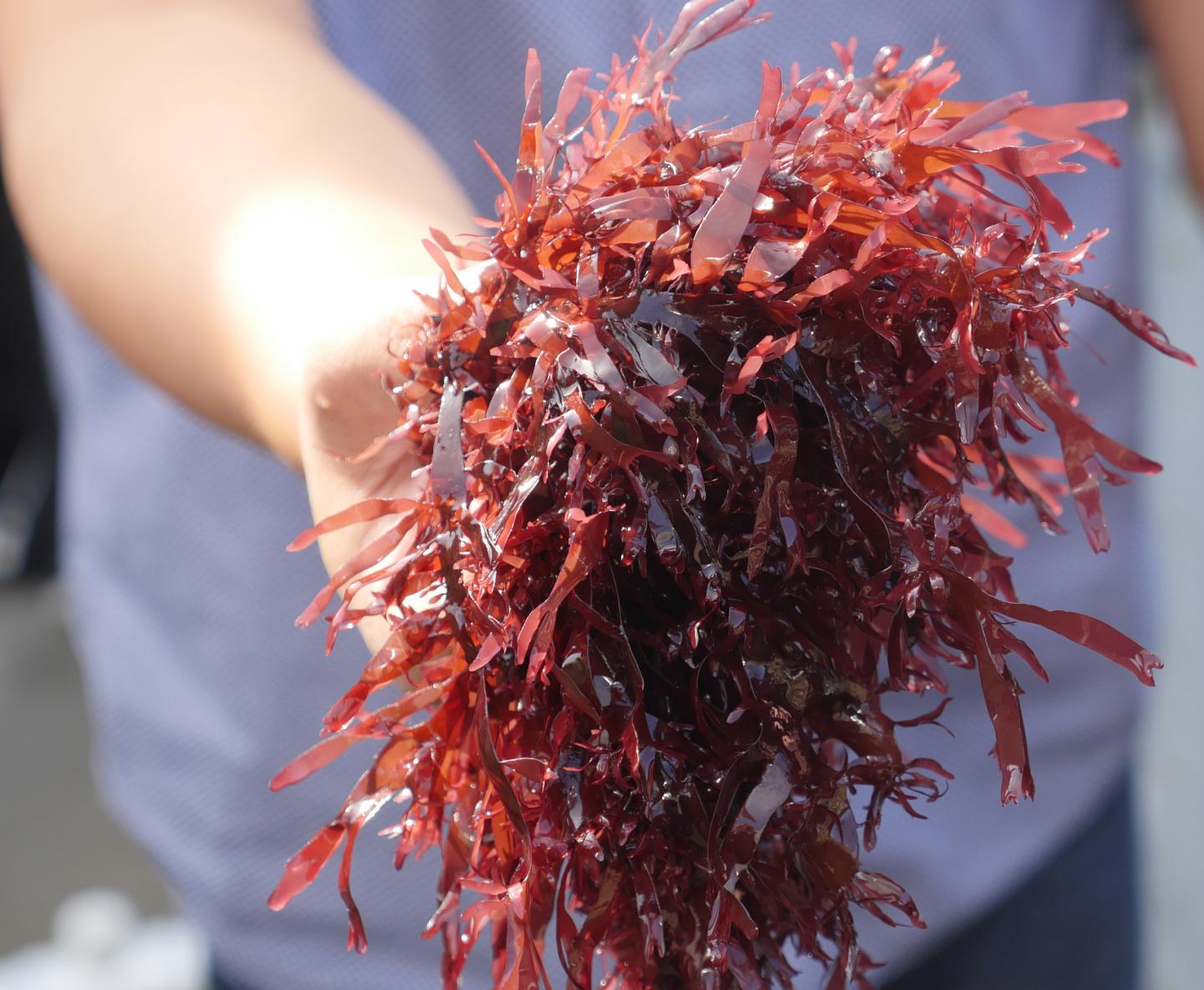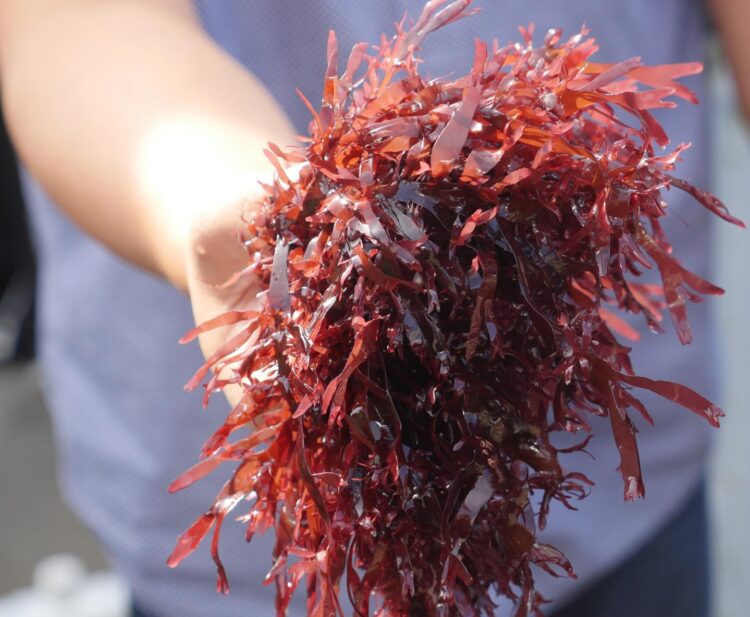
Credit: Tiffany Woods
CORVALLIS, Ore. – Oregon State University has received a nearly $700,000 grant from the National Oceanic and Atmospheric Administration to provide software tools for investors interested in starting aquaculture businesses in Oregon.
Researchers from several Oregon State entities – including the College of Agricultural Sciences, Oregon Sea Grant, the College of Earth, Ocean, and Atmospheric Sciences, the Institute for Natural Resources, and OSU Libraries and Press – will work closely with the nonprofit Oregon Aquaculture Association on the three-year grant from NOAA’s National Sea Grant Office.
“We expect the investment and educational tools we are developing will advance the rate of aquaculture investment in Oregon and along the West Coast and serve as a model for other states,” said Gil Sylvia, a marine resource economist at Oregon State and the principal investigator on the grant.
Aquaculture is the fastest growing animal protein industry in the world, according to the Food and Agriculture Association of the United Nations. Global commercial fisheries production has plateaued, and aquaculture products are expected to account for more than 70% of seafood consumption by 2050.
The United States suffers from a seafood trade deficit and imported aquaculture products represent a major component of the trade imbalance. As a result, the United States’ government is targeting aquaculture as a potential growth industry.
In Oregon, sales from private aquaculture businesses account for less than $13 million, far less than other western states such as Washington, California and Idaho. Oregon’s aquaculture operations have traditionally focused on oysters on the coast and inland hatcheries that produce salmon and trout.
“Oregon is blessed with abundant fresh and marine waters, a mild climate, inexpensive and renewable energy, university research capacity, diverse geography, a local-food ethos and existing seafood and food processing,” Sylvia said. “These attributes create the foundation and potential for an innovative and diverse aquaculture sector.”
But to be successful, aquaculture investors, particularly small- to mid-sized firms, need to understand species options, production methods, land and water resources, markets, and other conditions unique to Oregon.
“Aquaculture is a challenging and diverse industry, in many ways as challenging and diverse as traditional agriculture,” Sylvia said. “The software we developed helps to untangle those challenges.”
Called the Oregon Aquaculture Explorer Platform, the software is a customized version of the Oregon Explorer, a natural resources digital library previously developed by OSU Libraries and Press and the Institute for Natural Resources.
The Oregon Aquaculture Explorer Platform provides more than 100 layers of data, including everything from water quality to energy costs to seasonal temperature variations. Investors and other stakeholders can use the platform to produce a specific report on aquaculture potential for any particular site in the state.
The research team started developing the software in 2018 after receiving a $450,000 grant from Business Oregon, a state agency that promotes investment in areas considered to have high potential for growth.
The Business Oregon grant also funded the creation of investment models for three aquaculture business scenarios: tilapia in recirculating tank systems; sturgeon in recirculating tanks; and hybrid striped bass in ponds – three of the most frequently raised among more than 600 aquaculture crop options.
“These are intended to help potential investors kick start their thinking on the viability of an operation in a particular location,” Sylvia said.
The new funding from NOAA will allow the team to create additional investment models that include species that live in oceans or estuaries. They haven’t decided on which species to focus on, Sylvia said, but possibilities include: shellfish, such as mussels, abalone, sea urchin and scallops; seaweed, such as dulse; and other freshwater finfish, such as walleye, yellow perch and trout.
The funding will also support new partnerships with state agencies and aquaculture industry associations in California and Washington; development of financial training in aquaculture classes at Oregon State; and outreach, including workshops and conferences targeting aquaculture investors.
###
Media Contact
Sean Nealon
[email protected]
Original Source
https:/





